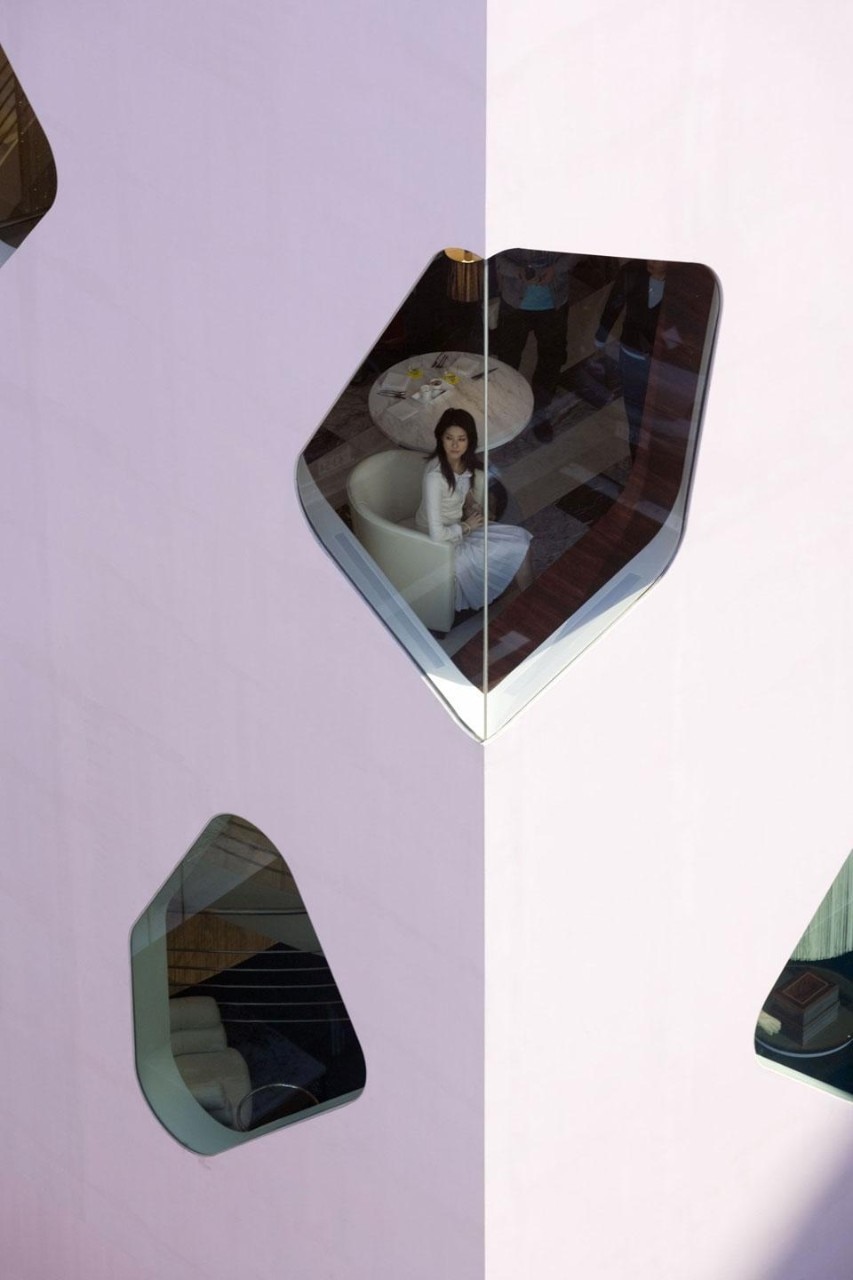If I weren't familiar with Baan — better still, if I weren't familiar with Herzog or de Meuron — what would I think seeing Bird's Nest #2 (a portrait of Beijing's iconic stadium in progress, dwarfing the workers in the foreground) breathing the same air as Los Angeles #1 (an aerial view of the title city)? I might think them the works of an artist who draws parallels between a knot of steel beams and a knot of intersecting freeways, and exposes both the splendour and absurdity of these subjects in a single blink.
The challenge, then, of viewing Baan's solo show — not his first altogether, but his first outside a strict framework of architecture, and his most comprehensive — is one of curbing assumption: it's not fair to the photographs to presuppose that they "make sense" as an ensemble just because we (the royal we, but it's a fair assessment for most readers of Domus) see the Rems, Zahas, and Heatherwicks in them and are already primed for those names to read well together. The greater success of the show hinges on whether or not Baan's images, reduced to their visual immediacy and the conceptual point of view they offer, work as "anonymous" artworks, more show than tell. What is the new cohesion that develops between these images, a collage eight years in the making, when we consider them together?
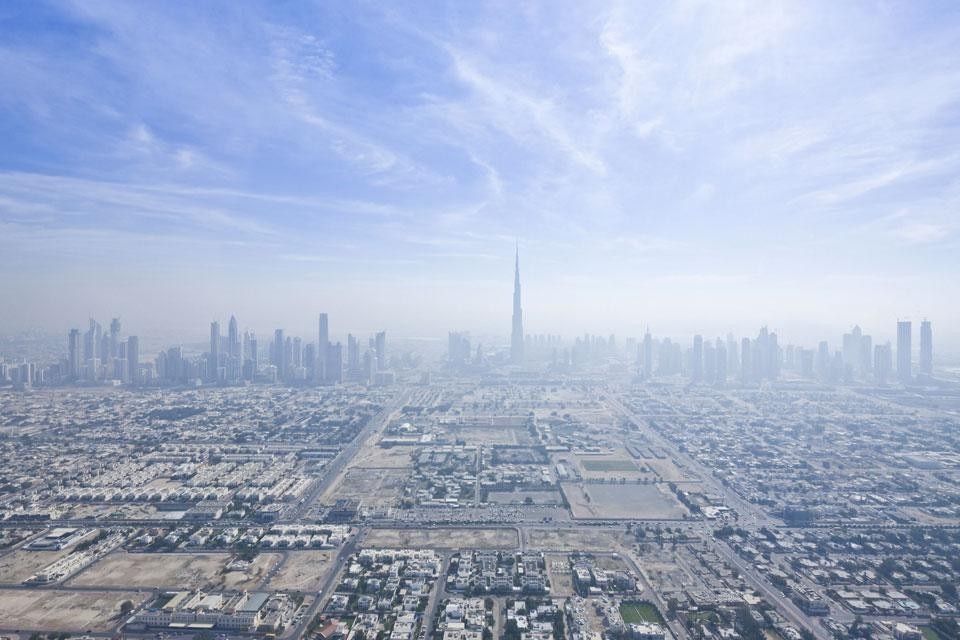
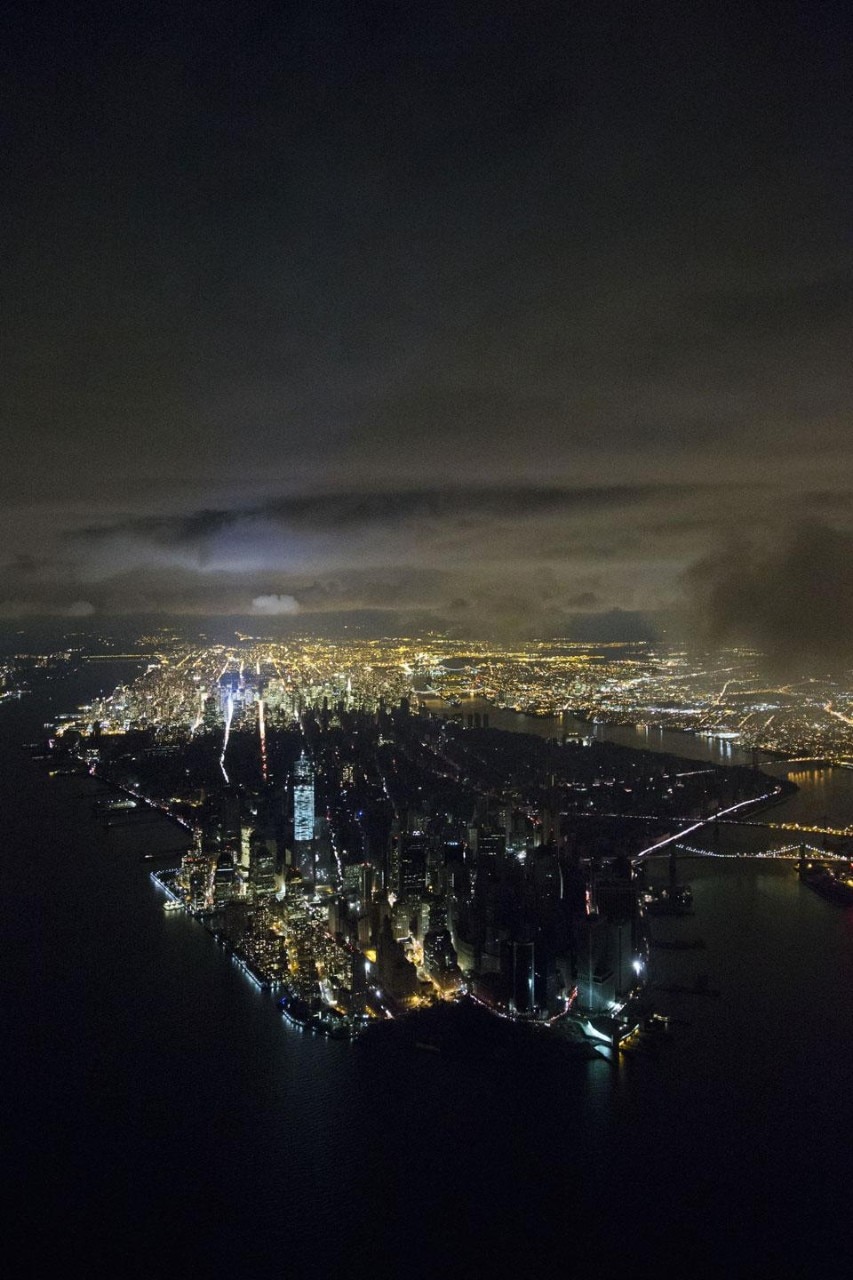
Iwan Baan can be 900 metres in the air and still teach you about the place you live in the least pedantic and most visually powerful way
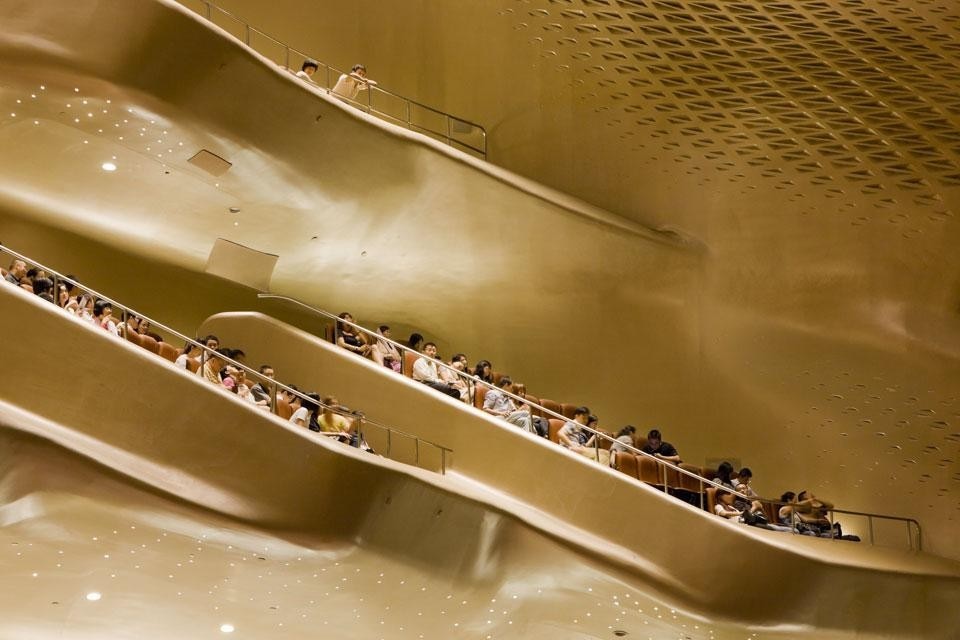
"Iwan can be 900 metres in the air and still teach you about the place you live in the least pedantic and most visually powerful way," Rubenstein told me. "He has the ability to make you see your world differently, and what more can you ask for in an artist?"
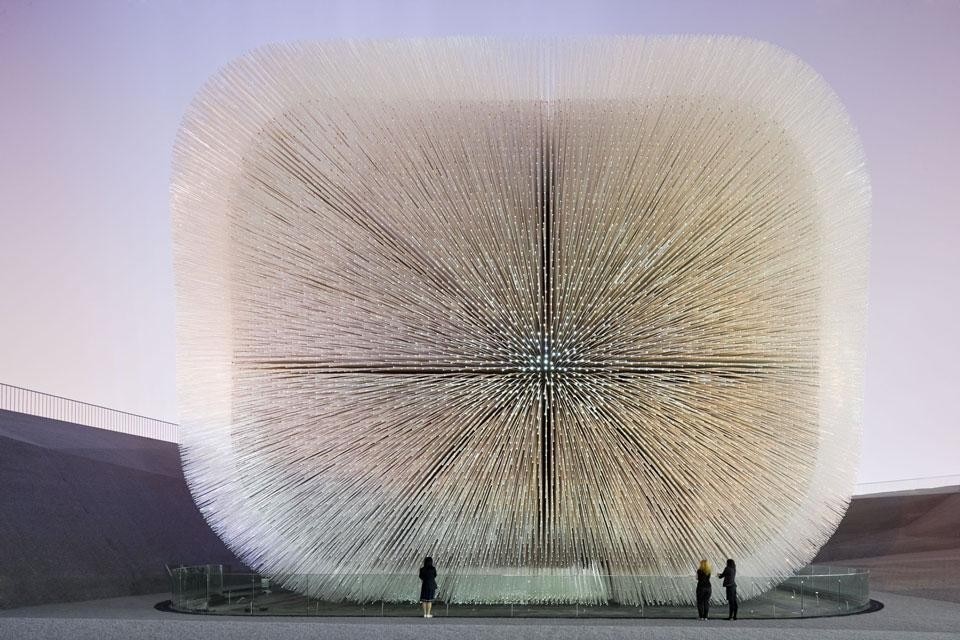
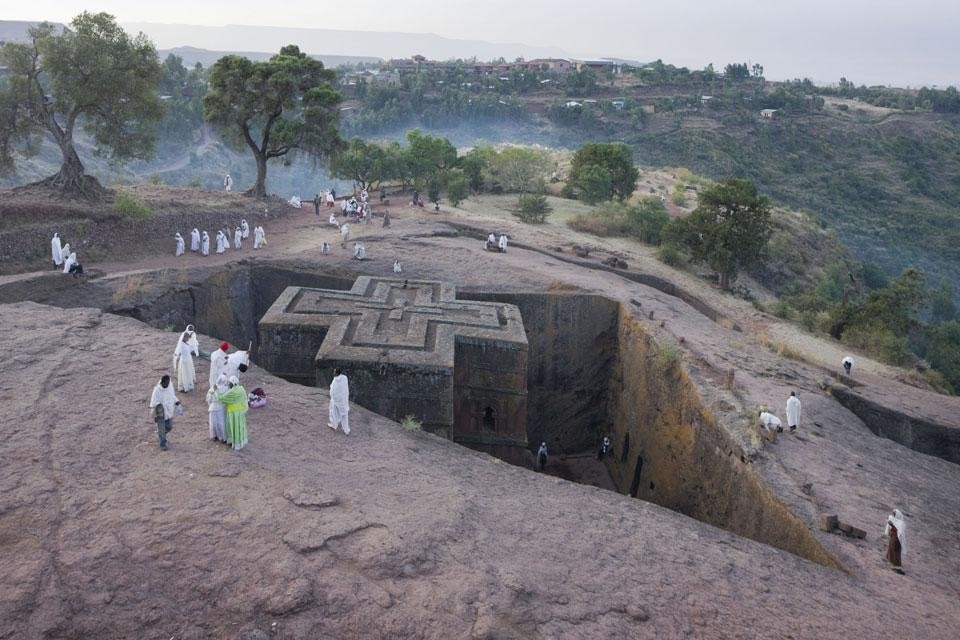
Iwan Baan: The Way We Live
Perry Rubinstein Gallery
1215 N Highland Ave, Los Angeles
